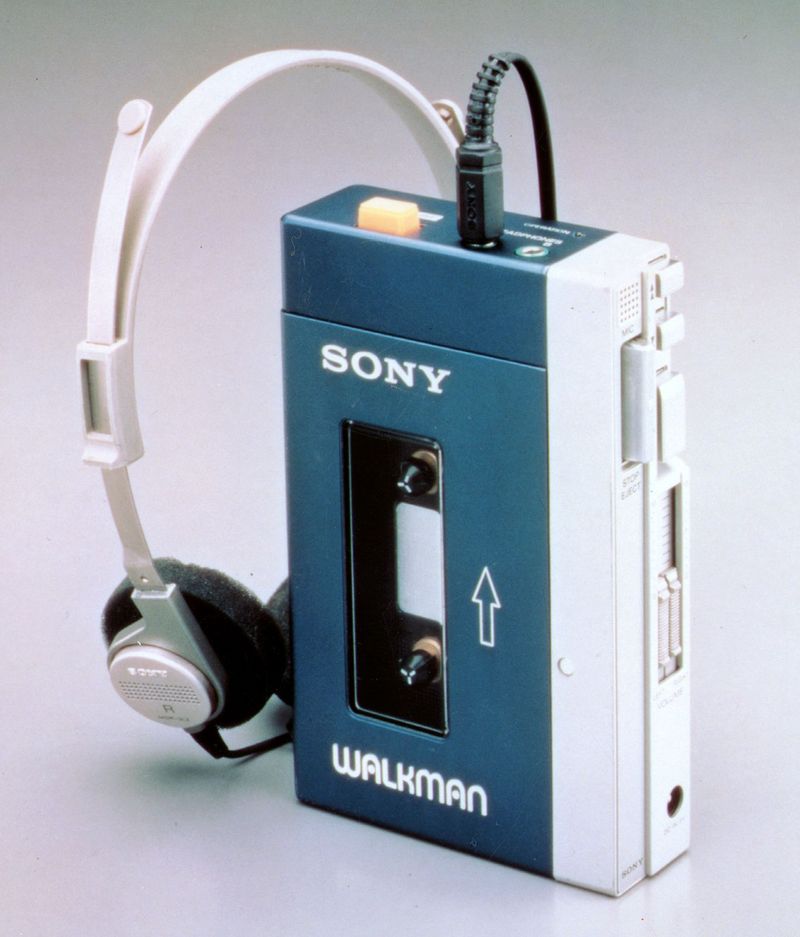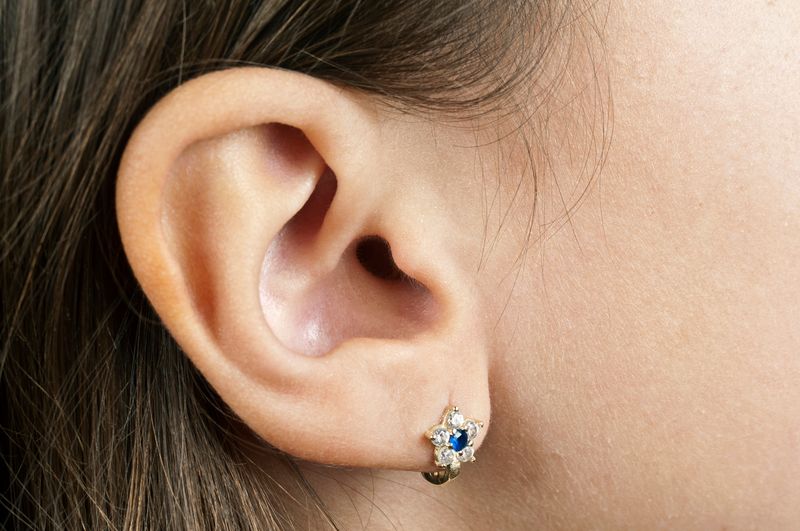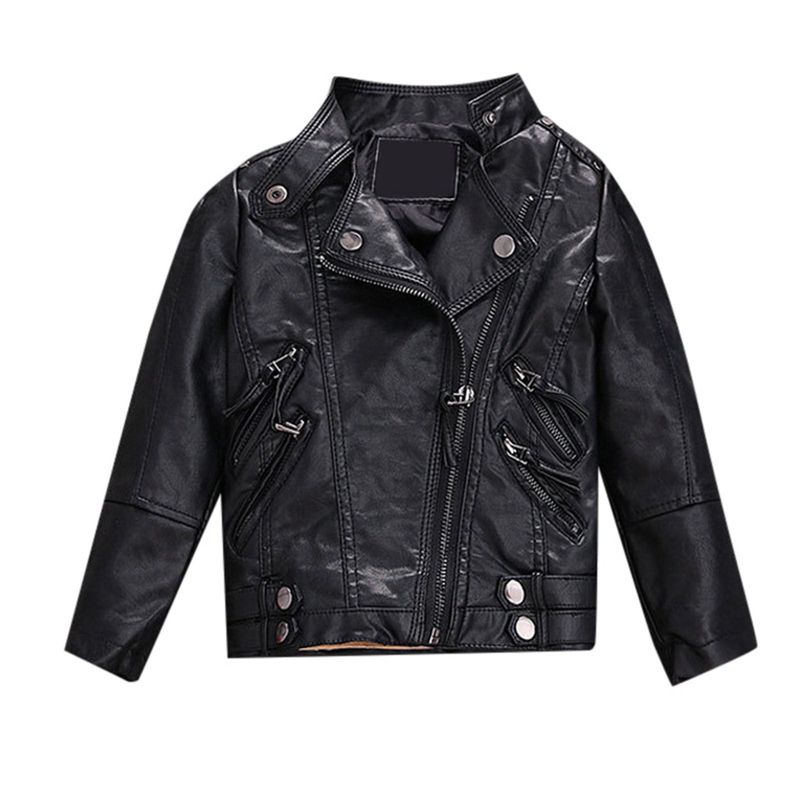The 1970s and 1980s were decades full of cultural shifts, but schools remained steadfast in maintaining certain rules. While today’s students might find the bans surprising, they were once part of the everyday educational landscape. These restrictions were put in place to ensure discipline, focus, and conformity in an ever-evolving society. This blog post explores 13 things that were strictly prohibited in schools during the ’70s and ’80s, offering a nostalgic glimpse into the past and a reflection on how much has changed in the educational environment since then.
Chewing Gum
Chewing gum in schools during the ’70s and ’80s was a big no-no. The sticky substance was seen as a distraction and a potential mess. Teachers believed it encouraged impolite behavior and disrupted the learning environment. Many schools enforced strict rules, with teachers often asking students to spit their gum out before class. Some schools even imposed detention for repeat offenders. The fear of gum stuck under desks or on the floor added to its notorious reputation. In retrospect, it seems like an innocent pastime, but back then, it was a serious breach of conduct.
Long Hair for Boys
During the ’70s and ’80s, long hair for boys was frowned upon in many schools. Institutions often associated long hair with rebellion and counterculture. As a result, boys were required to keep their hair short and neat. Principals would sometimes measure hair length to ensure compliance. The rules were rooted in a desire for uniformity and discipline, reflecting societal norms of the time. Many parents and students found this rule stifling, yet breaking it could lead to suspension. This rule highlights the era’s focus on conformity over personal expression, a stark contrast to today’s acceptance.
Jeans
Wearing jeans was banned in many schools during the ’70s and ’80s. Jeans were associated with casualness and rebellion, which schools wanted to avoid. They preferred students dressed in slacks or dresses. School boards believed that a more formal dress code would foster a serious academic atmosphere. This rule was strictly enforced, with some schools sending students home to change if they arrived in jeans. Over time, this restriction loosened as societal attitudes towards fashion evolved. Today, jeans are a staple in schools, but back then, they symbolized defiance against the status quo.
Walkman Cassette Players
Walkman cassette players were a must-have in the ’80s, but not in schools. These portable music devices were banned due to their potential to distract students. Teachers worried that students would tune out lessons in favor of music. The ban was also a way to prevent students from isolating themselves socially. Despite the restriction, many students attempted to sneak in their Walkmans, hiding them in backpacks or under clothing. Authorities frequently confiscated the devices, which only heightened their allure. This rule reflected the era’s challenges in balancing technological enthusiasm with educational priorities.
Graphic T-shirts
Graphic T-shirts, especially those with bold slogans or images, were often banned in schools during the ’70s and ’80s. Schools aimed for a conservative dress code, fearing that certain graphics might be disruptive or promote inappropriate messages. Teachers and administrators believed that plain attire encouraged focus and discipline. In some cases, students wearing such T-shirts were asked to turn them inside out or change into more acceptable clothing. The rule sparked debates about freedom of expression, yet it remained in place as a way to maintain decorum. Today, these T-shirts are commonplace, reflecting changing attitudes.
Makeup
Makeup was generally discouraged in schools during the ’70s and ’80s. Many institutions felt that wearing makeup was a distraction and against the standards of modesty expected of students. Teachers believed it encouraged vanity and detracted from academic focus. Girls caught applying makeup often faced reprimands or were asked to remove it. The ban reflected a societal view that education should be prioritized over personal appearance. While today’s schools often allow makeup within reason, back then, it was a strict rule that emphasized the era’s more conservative approach to student behavior and presentation.
Doodling on Desks
Doodling on desks was strictly forbidden in schools during the ’70s and ’80s. Teachers viewed it as vandalism and a sign of disengagement from lessons. Students caught doodling faced scoldings or even detention. Schools emphasized respect for property, and maintaining clean desks was part of that ethos. Despite the rule, many students found doodling a way to express creativity or pass time. Teachers often patrolled the aisles, looking for culprits. This rule highlights the era’s focus on discipline and orderliness, contrasting with today’s more lenient attitudes towards student expression and learning environments.
Calculators
Calculators, now a classroom staple, were once controversial. In the ’70s and ’80s, many schools banned them, fearing they would undermine basic math skills. Teachers insisted that students learn to calculate manually. The concern was that reliance on calculators would erode problem-solving abilities. Some educators allowed calculators in high-level math classes but banned them in lower grades. The debate over calculators reflected broader anxieties about technology’s impact on education. Over time, acceptance grew, and now they are invaluable learning tools. This shift illustrates changing perspectives on technology in education and its role in enhancing learning.
Piercings
Ear and other body piercings were largely prohibited in schools during the ’70s and ’80s. Piercings were seen as symbols of rebellion and non-conformity, clashing with the conservative image schools wanted to project. Students with piercings often faced demands to remove jewelry or cover it. The rule was part of a broader effort to maintain uniformity and respectability. While piercings are widely accepted today, back then, they were considered an affront to school decorum. This prohibition underscores the era’s emphasis on conformity and the challenges students faced in expressing individuality within educational settings.
Skateboards
Skateboards were a popular mode of transport and a pastime in the ’80s, but schools banned them. They were considered a safety hazard and a distraction. The noise and potential for injury were concerns for teachers and administrators. Students often stored skateboards in lockers or left them at home. Despite the ban, skateboarding remained a cultural phenomenon, with students practicing tricks outside school grounds. The rule was a way to maintain order and safety on school premises. Today, skateboards are often accommodated with dedicated storage, showing how schools have adapted to changing youth cultures.
Leather Jackets
Leather jackets were synonymous with the “bad boy” image, famously popularized by movies and rock stars in the 1980s. They were often linked with rebellious behavior and gangs, which led schools to ban them in an effort to curb delinquency.
The association with rock music and counter-culture further fueled the fear that leather jackets would encourage students to engage in undesirable activities. This garment was seen as a threat to school decorum and discipline.
Despite the ban, leather jackets continued to be a favorite among youth, representing a spirit of rebellion and a desire to stand out. Many students wore them outside school hours, embracing the edgy look they signified.
Colorful Hair Dye
Colorful hair dye was considered a bold statement, often discouraged in schools during the ’70s and ’80s. Schools sought to maintain a conservative appearance, believing that vibrant hair colors were too distracting. Students with dyed hair were frequently told to revert to natural colors. This rule aimed to ensure uniformity and avoid disruptions in the learning environment. Despite the restriction, some students embraced colorful dyes as a form of rebellion. Today, schools are more accepting of diverse hair colors, reflecting broader societal changes in attitudes towards personal expression and individuality.
Public Displays of Affection
Public displays of affection (PDA) were frowned upon in schools during the ’70s and ’80s. Holding hands, hugging, or kissing were seen as distractions from academics and inappropriate for a school setting. Teachers and administrators enforced strict rules against PDA, often intervening when they witnessed such behavior. The aim was to maintain a professional and focused atmosphere conducive to learning. While some students found the rules excessive, they were part of a broader effort to instill discipline. Today, while rules still exist, there is a more balanced approach to managing student interactions.













